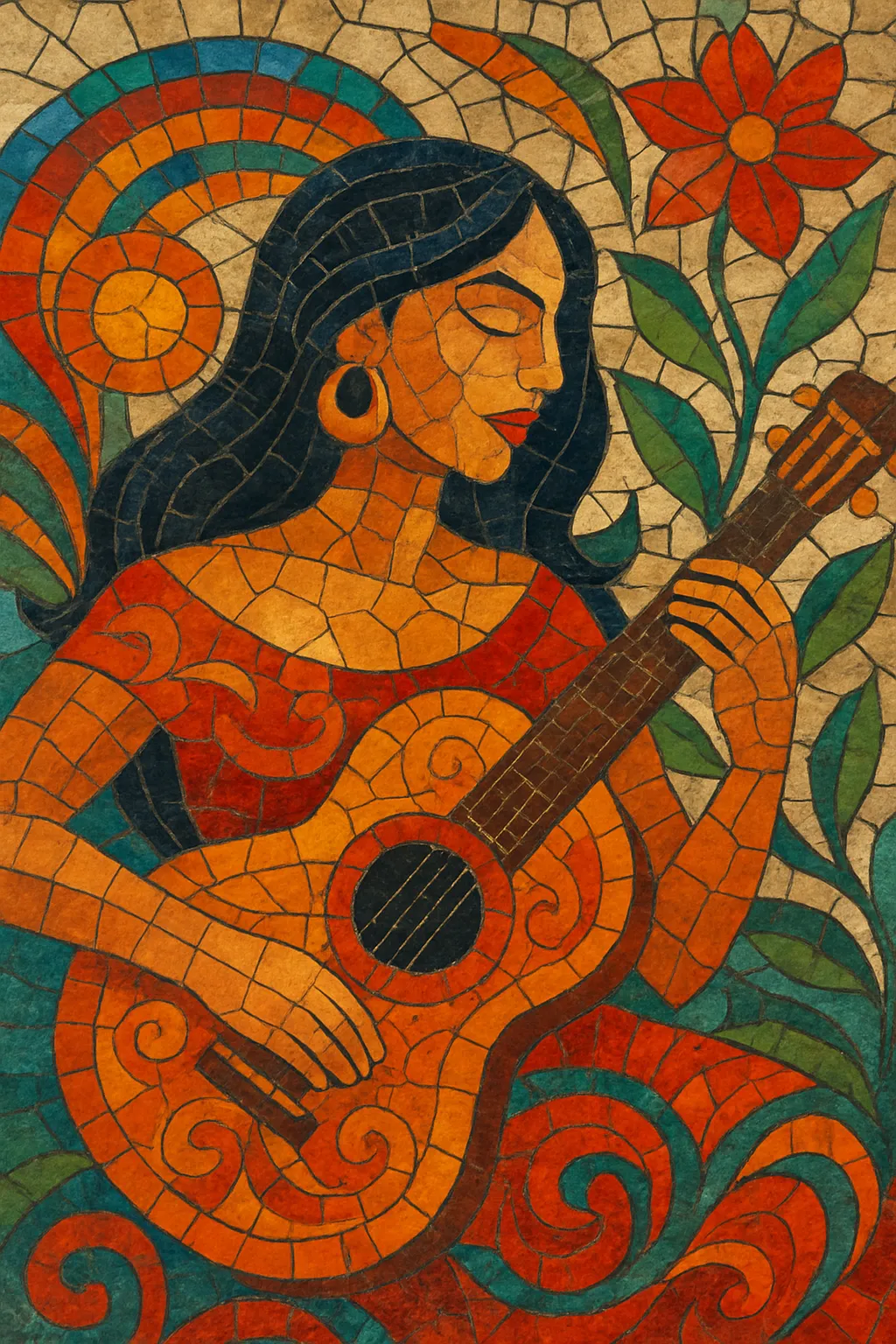Latin pop is mainstream pop music performed primarily in Spanish (and sometimes Portuguese) that blends contemporary pop songwriting with Latin American and Iberian rhythms, harmonies, and vocal stylings.
It typically features verse–pre-chorus–chorus forms, catchy hooks, polished production, and a balance between rhythmic drive and romantic lyric themes. Classic Latin pop often leans on bolero- and ballad-informed melodies and soft-rock textures, while modern Latin pop readily incorporates dance-pop, electronic, and urbano elements (such as reggaeton-influenced grooves) without losing its sing-along pop core.
Latin pop coalesced in the 1970s as Spanish-language artists began fusing the romantic Latin ballad tradition with contemporary pop and soft-rock production. Recording hubs in Mexico City and Madrid, supported by major labels and television variety shows, helped standardize a polished sound that could travel across Spanish-speaking markets. Early international stars—often crossover crooners—popularized a sleek, melody-forward aesthetic.
Through the 1980s, the genre broadened with bigger budgets, FM radio, and music videos. Arrangements incorporated disco’s rhythmic sheen and synth-pop textures while retaining the ballad’s emotional core. Tours across Latin America and the Iberian Peninsula tightened a pan–Spanish-language market, and artists from Mexico, Spain, Puerto Rico, and Argentina shared charts and stages, cementing Latin pop as a transnational format.
In the late 1990s, Latin pop reached unprecedented global visibility. Media conglomerates and bilingual releases opened U.S. and European doors, while MTV and award shows spotlighted charismatic performers who bridged Spanish and English markets. This era proved that Spanish-language pop could compete head-to-head internationally, elevating Latin pop’s global profile.
With the rise of digital distribution and streaming, Latin pop diversified. Producers folded in R&B, EDM, and hip-hop textures, and collaborations across salsa, bachata, and regional styles refreshed the sound. The 2010s saw increasing interplay with urbano (reggaeton and Latin trap), yielding pop-urbano hybrids that dominated charts while preserving the hook-centric songwriting of Latin pop.
Latin pop remains a global force, powered by streaming platforms, multinational collaborations, and social media. While urbano rhythms are common, ballads, mid-tempo pop, and acoustic productions continue to thrive, showing the genre’s flexibility and enduring emphasis on melody and emotional storytelling.


